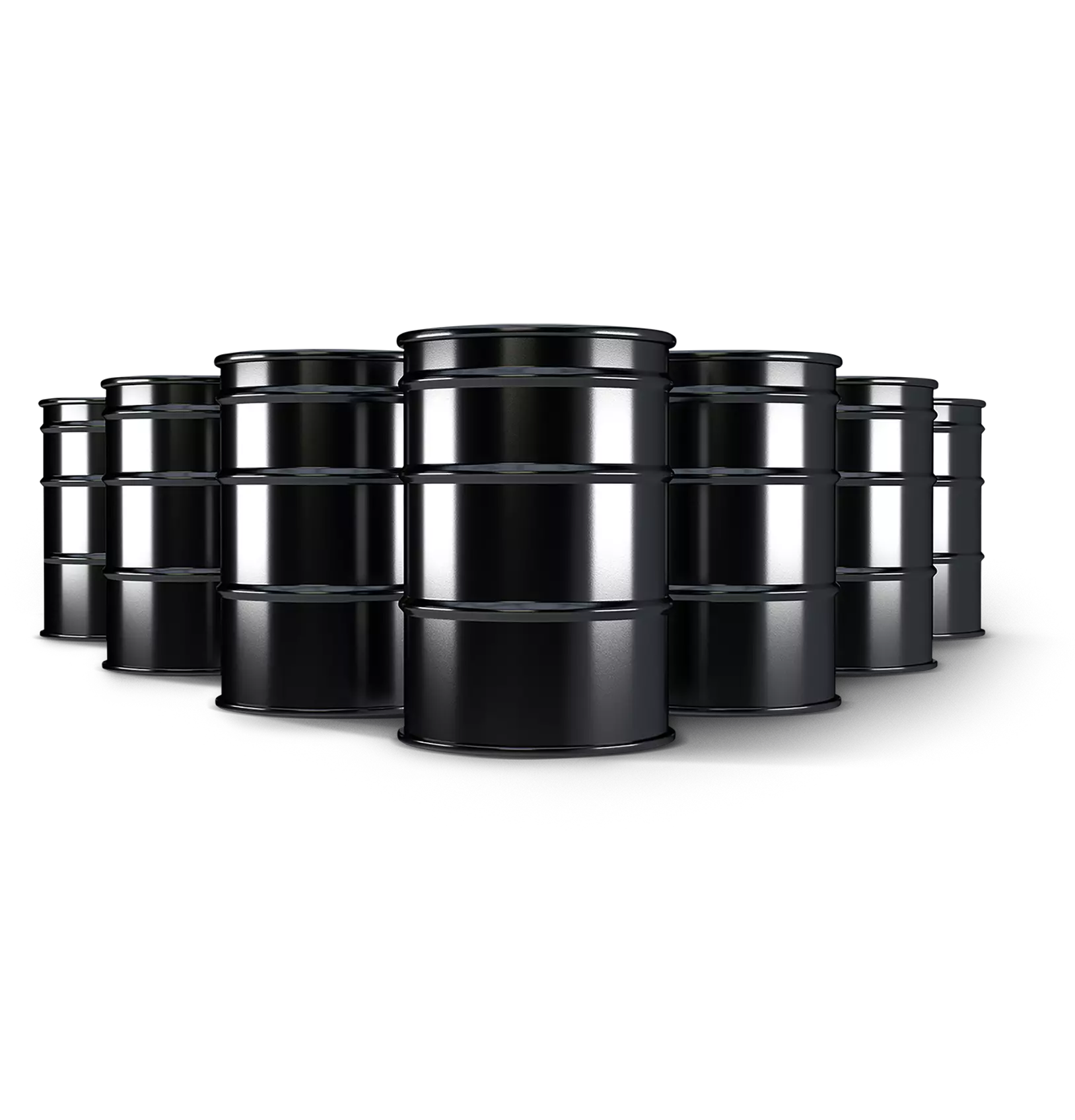Is Your Process Manufacturing Supply Model Too Cost-Centric?
Is Your Process Manufacturing Supply Model Too Cost-Centric?
Is Your Process Manufacturing Supply Model Too Cost-Centric?
1 Oct 2021
 Daniel Erickson | Senior Product Manager
Daniel Erickson | Senior Product Manager
In the process manufacturing supply chain, cost has always been king. Your main objective is to source quality ingredients from the most affordable supplier, in order to meet customer demand.
Then we hit a global pandemic. And the trade routes that manufacturers relied on to get hold of these ingredients either slowed or froze altogether. Suddenly, the cost of raw ingredients no longer delivered a competitive advantage; it became a case of getting your hands on whatever was available to keep production flowing.
As the industry recovers from global disruption, it’s important that we learn from the COVID-19 crisis and don’t just revert back to prioritizing price alone. If your process manufacturing supply model becomes too cost-centric, you could find yourself in a vulnerable position next time there’s a bump in the road.
Just In Time Manufacturing Can Create Supply Chain Challenges
Clearly, the cost of raw materials is critical to process manufacturing, as the price you pay for ingredients will influence your final profit margin. And pre-pandemic, many manufacturers were focused on forming stable relationships with one or two suppliers in order to source ingredients as cheaply as possible.
However, production challenges during the pandemic revealed the high risks that come with putting all your eggs in one supplier’s basket—especially for process manufacturers operating a just in time (JIT) model.
JIT is an effective way of running a lean business operation, but it’s dependent on quick, reliable access to raw materials. If a supplier delays or cancels an order, there is limited inventory available to keep batch manufacturing running while alternative ingredients are sourced.
Finding alternative suppliers is not only stressful; it can impact your customer relationships. If you’ve not had time to vet secondary vendors, you won’t have full confidence in the quality of ingredients they’re providing. So there’s a chance that customer orders will arrive late AND below their usual standard—which is less than ideal.
So how can you avoid this scenario?
The Benefits of Moving From a Cost-Centric to Risk-Centric Approach
In the post-pandemic trading environment, process manufacturers need to consider factors beyond cost. Price of ingredients will always be important, but you also need to weigh up the risks associated with your current supply chain strategy.
Reviewing your current set-up may reveal areas that are particularly vulnerable to market disruptions. And you can choose to implement strategic supply chain changes that lower those risks—even if it’s not the cheapest way of doing things. For example:
Is it worth increasing the minimum volume of inventory you hold? The extra expense to purchase it and space needed to store it will pay off if global supply chains start breaking down again, as you’re no longer running hand-to-mouth.
Is it worth looking outside your traditional sourcing region to suppliers in other parts of the world? For example, many process manufacturers that were hit hard by distribution issues in China at the start of the pandemic have since added suppliers in Japan and Taiwan to their lists, to mitigate the risk of relying on one country for raw materials.
Is it worth looking closer to home at local sourcing options? Ingredients are more expensive than overseas, but your carbon footprint is lower and there’s less capacity for logistical problems. We’re seeing an increasing number of batch processing manufacturers exploring a nearshore sourcing model—either alongside offshore sourcing or as a completely new, transformative approach.
All of these options give you the capacity to meet customer demand in difficult trading environments by increasing supply chain flexibility. However, you don’t just need to move from a cost-centric to risk-centric mindset to futureproof your manufacturing business.
The secret to strong supply chain performance is being able to make agile decisions that enable a robust, reliable flow of ingredients. It’s something we discuss in our latest whitepaper, Strength and Stretch: Increasing Resilience and Agility in Your Manufacturing Supply Chain.
You need the visibility to see how market influences are affecting your supply network, and to make the most appropriate decisions based on real-time conditions. This is where many process manufacturers came unstuck during the pandemic, as they didn’t have the technology infrastructure for transparent, agile decision-making.
Using Process Manufacturing ERP Software To Make Flexible Supplier Decisions
Flexibility is critical to the process manufacturing supply chain, as it allows you to decide when to prioritize cost, and when to mitigate risk. Complete data visibility allows you to manage inventory and forecast demand accurately, and to model the impact of your vendor choices based on market conditions.
To increase supply chain agility, many batch process manufacturers are moving from a JIT to JIC (‘just in case’) model and investing in process manufacturing ERP software to manage this approach.
With specialized ERP software, your organization can track supply and demand in real time, building a network of trusted vendors to source from, based on customer requirements and inventory availability.
With process manufacturing ERP technology, choosing where to source ingredients doesn’t need to be a difficult decision between cost and availability. You have the insight and operational flexibility to choose when price can take precedence, and when more expensive but readily (or quicker) available alternatives are the smarter strategic option.
For more insights, download Aptean’s latest supply chain whitepaper. Or book a free Aptean Process Manufacturing ERP software demo to increase your supply chain flexibility.
Prêt à transformer votre entreprise ?
Nous avons les solutions ERP spécialisées dont vous avez besoin pour relever les défis de votre secteur.



